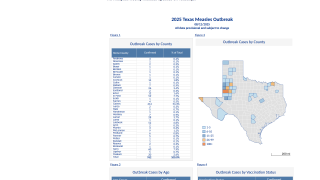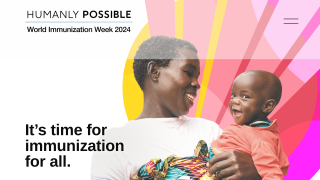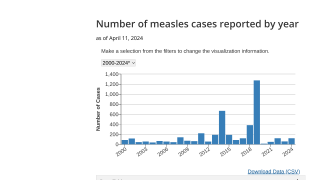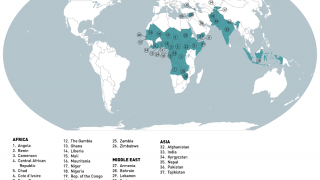Romania's Measles Epidemic Driven by Unvaccinated People and D8 Genotype Variants

The European Centre for Disease Prevention and Control (ECDC) released data today that indicates the ongoing transmission of measles across the EU/EEA has continued into 2025.
In 2024, 127,350 measles cases were reported in the European Region, double the cases reported for 2023.
During this period, Romania reported the most cases.
Among those diagnosed with measles with information available on their vaccination status, about 86% were unvaccinated as of March 11, 2025.
This unfortunate disclosure heightens the health risk in Bucharest, Romania's capital city and popular tourism destination. About 6 million people visited Bucharest last year.
In 2024, Romania reported the highest number of measles cases in the European Region, with over 30,000 cases.
According to previous research published in January 2025, Romania's current measles epidemic is driven mainly by two D8 genotype variants with different mutation profiles and slightly different severities.
Phylogenetic analysis identified two well-supported clusters, suggesting at least two local transmission networks in Romania.
These researchers wrote, "To improve vaccination programs in Romania, sustained genetic surveillance of this pathogen and immune waning evaluation of vaccinated adults are recommended."
"The ability to accurately track viral lineages via genetic sequencing is yet another valuable tool for developing an adequate monitoring and surveillance capacity, which can lead to a better identification of transmission chains and, therefore, aid in interrupting measles outbreaks."
Since measles transmission and outbreaks are being reported globally, the ECDC encourages international travellers to check their vaccination status before departing abroad, as the MMR vaccine takes at least two weeks to become effective.
Note: This news article was updated on 3/13/25 with data from the WHO.
Our Trust Standards: Medical Advisory Committee























